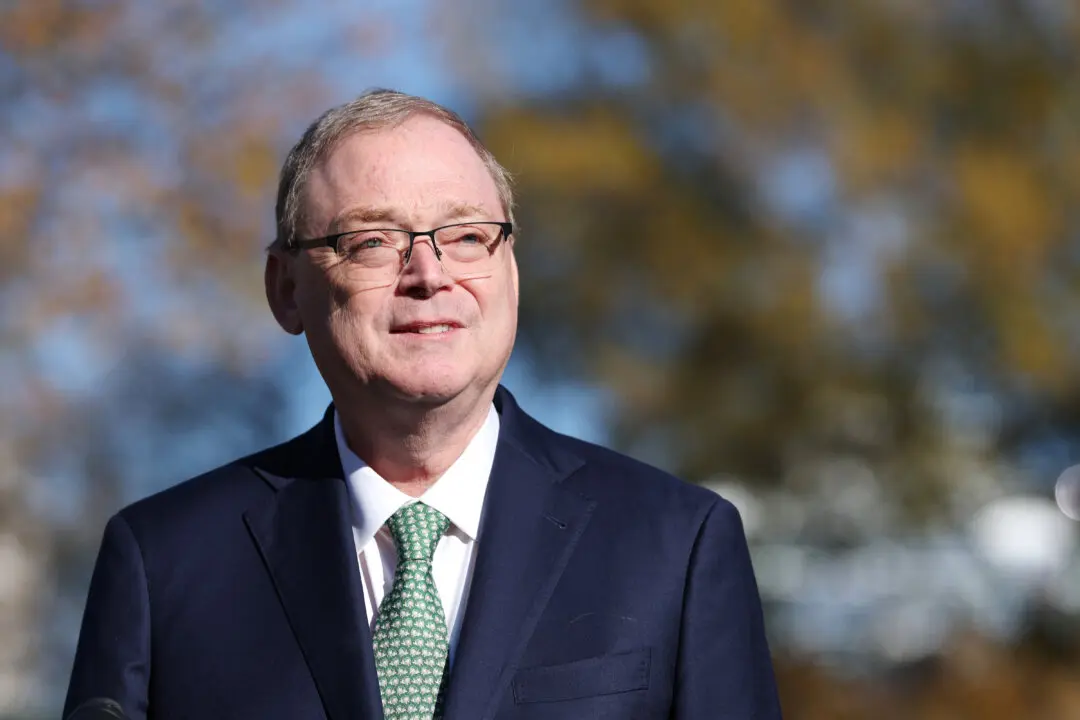Wholesale inflation, as measured by the headline Producer Price Index (PPI), rose 1.8 percent in annual terms in September, while an index of underlying inflation jumped 2.8 percent, with both values exceeding market expectations and signaling that inflationary pressures continue to percolate.
The latest government report on inflation from the perspective of business input costs, released by the Bureau of Labor Statistics (BLS) under the U.S. Department of Labor on Oct. 11, painted a mixed picture of America’s inflationary environment.





